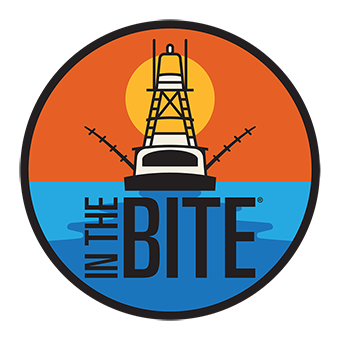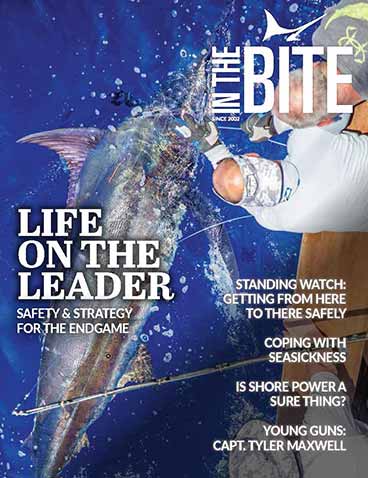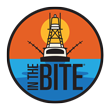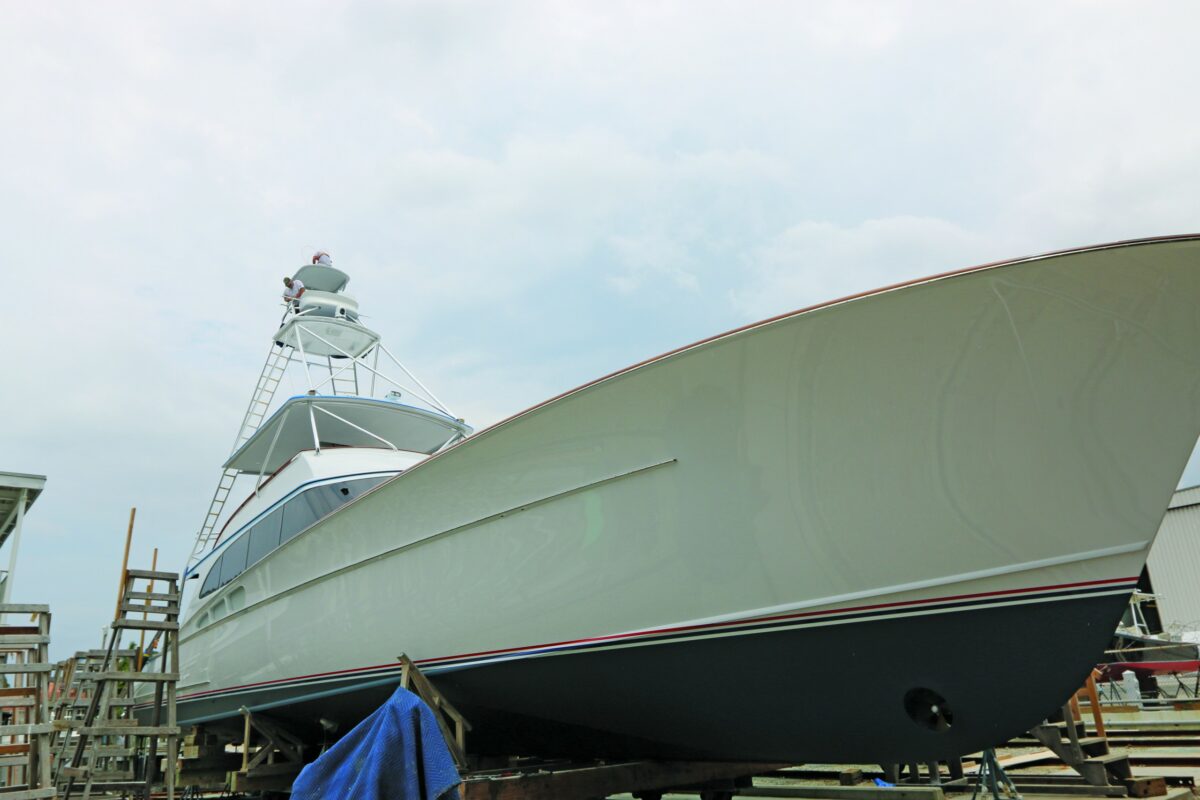DISH Network Ceases Broadcasts of U.S. Content via the DISH 77W Orbital Slot
DISH Network unexpectedly ceased transmission of U.S. television content from the 77W orbital slot earlier this week. We have issued a sales/technical bulletin that addresses: What we currently know about this outage Alternative sources for live TV content via KVH TracVision antennas in the region DISH Network cessation of U.S. channel








